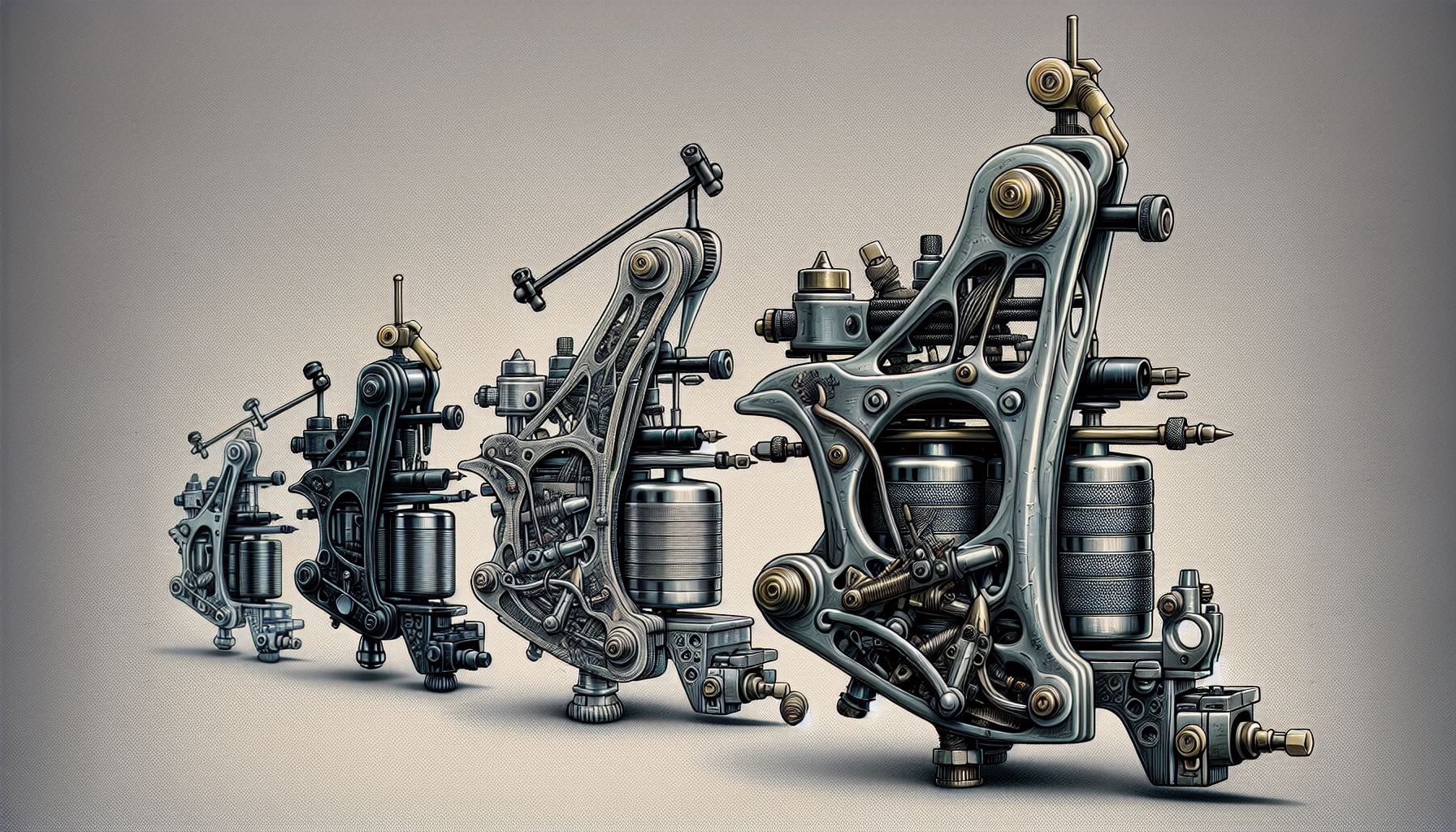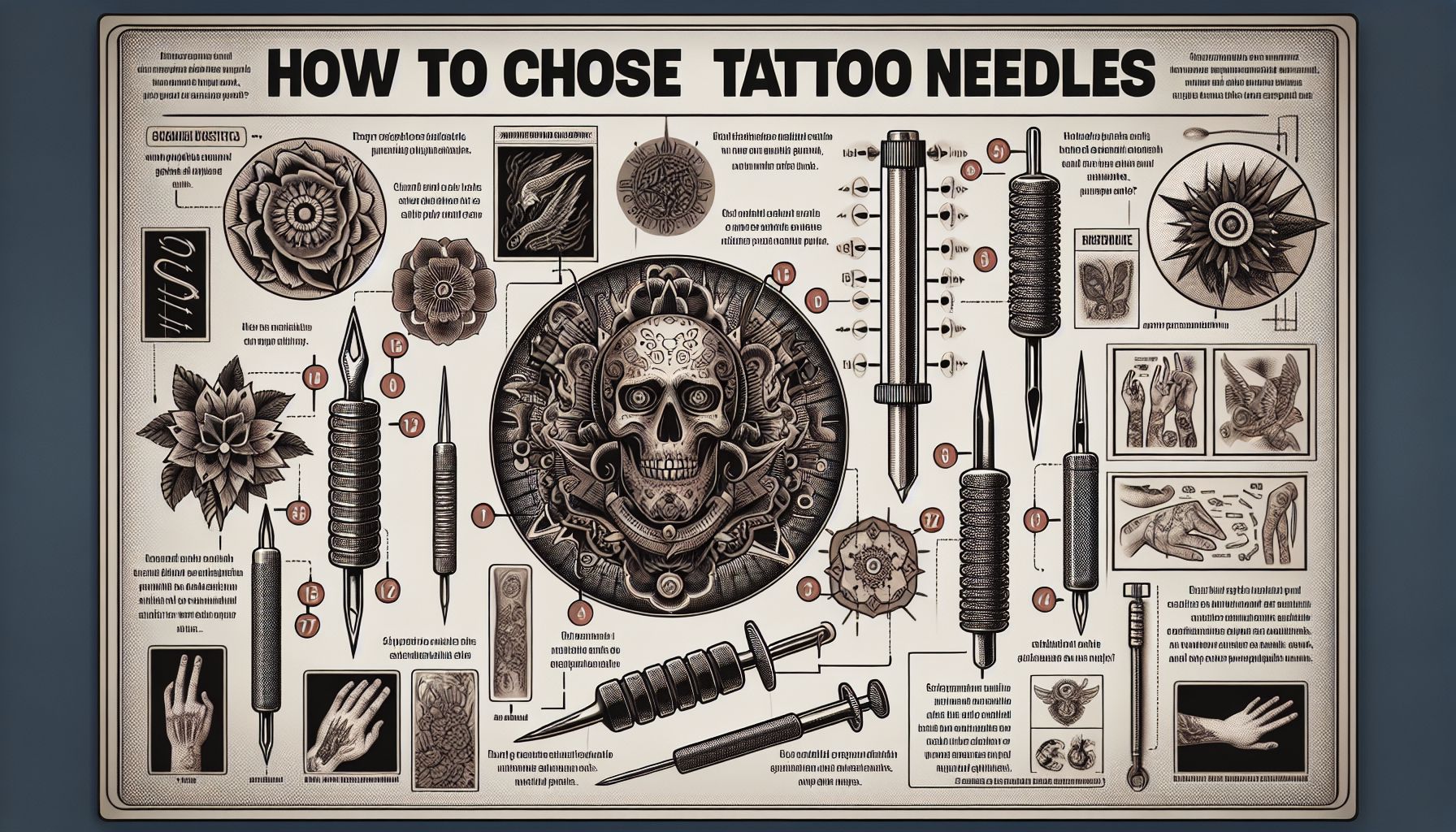Throughout my years in the tattoo industry, I have worked with various types of tattoo supplies, each boasting their unique features and characteristics. With time, I’ve learned that each item in a tattoo artist’s kit plays a crucial role in the artistry and finesse of the finished product. One particular piece of equipment that I believe is indispensable and noteworthy is the tattoo machine. It has undergone significant evolution over the years, from the basic Edison pen to today’s modern, sophisticated rotary and coil machines. This post will delve into the intricacies of this quintessential tool in our trade and how it impacts our work as tattoo artists.
The Early Days
Tattoos have been a part of human culture for thousands of years, but it wasn’t until the late 19th century that the first electric tattoo machine came into existence. It provided a paradigm shift in the industry, replacing the traditional hand-poking method, which was time-consuming and inconsistent. The machine was an adaptation of Thomas Edison’s electric pen and consisted of a set of electromagnetic coils and a reciprocating needle carrier. Although rudimentary compared to what we have today, it was the backbone for the tattoo machines we currently use.
Type of Tattoo Machines
In the spectrum of modern tattoo supplies, machines mainly come in two types: coil and rotary. Coil tattoo machines are the most common in the industry and often recommended for beginners due to their affordability and adjustability. It uses electromagnetic currents to move the needle up and down at a fast rate, allowing for the creation of detailed and precise tattoos.
On the other hand, rotary tattoo machines operate with an electric motor that moves the needle in a smooth, cyclical pattern. These machines are generally quieter and cause less skin damage, making them a popular choice for complex tattoos or for shading and coloring work.
Choosing the Right Machine
As an online seller of tattoo supplies, one question that often comes up is how to choose between coil and rotary machines, and my answer is always: it depends on your tattooing style. If precision and versatility are your forte, a coil machine might be your best bet. In contrast, if you often work on intricate designs that require linework or shading, a rotary machine could be your go-to equipment.
The Game Changer: The Rotary Pen
In recent years, the Rotary Pen has grown to become a game-changer in the world of tattoo supplies. It pushes the boundaries of what tattoo machines can do with its ergonomic design and versatile capabilities. As someone who has used traditional coil and rotary machines for years, I found the Rotary Pen to be a revelation. It combines the strengths of both coil and rotary machines, offering a higher level of precision, optimal ink flow, and less trauma to the skin.
In conclusion, from their early history to the modern transformations they have undergone, tattoo machines have always been pivotal to what we do as tattoo artists. Our choices of machines can significantly impact our styles as artists, the level of detail and precision we can afford, and eventually, the satisfaction of our clients. Hence, making an informed decision on this essential component of our tattoo supplies should be at the core of our practice.
The tattoo industry is a constantly evolving landscape, and as artists, there is an inherent need to stay informed and updated on the changes in our tools. Here’s hoping this post sheds some light on the importance of understanding our equipment better and making well-informed decisions in choosing the right tattoo machines. As we ink our way through the skin of our clients, the machine truly becomes an extension of our artistic voice. So choose wisely, create beautifully.



